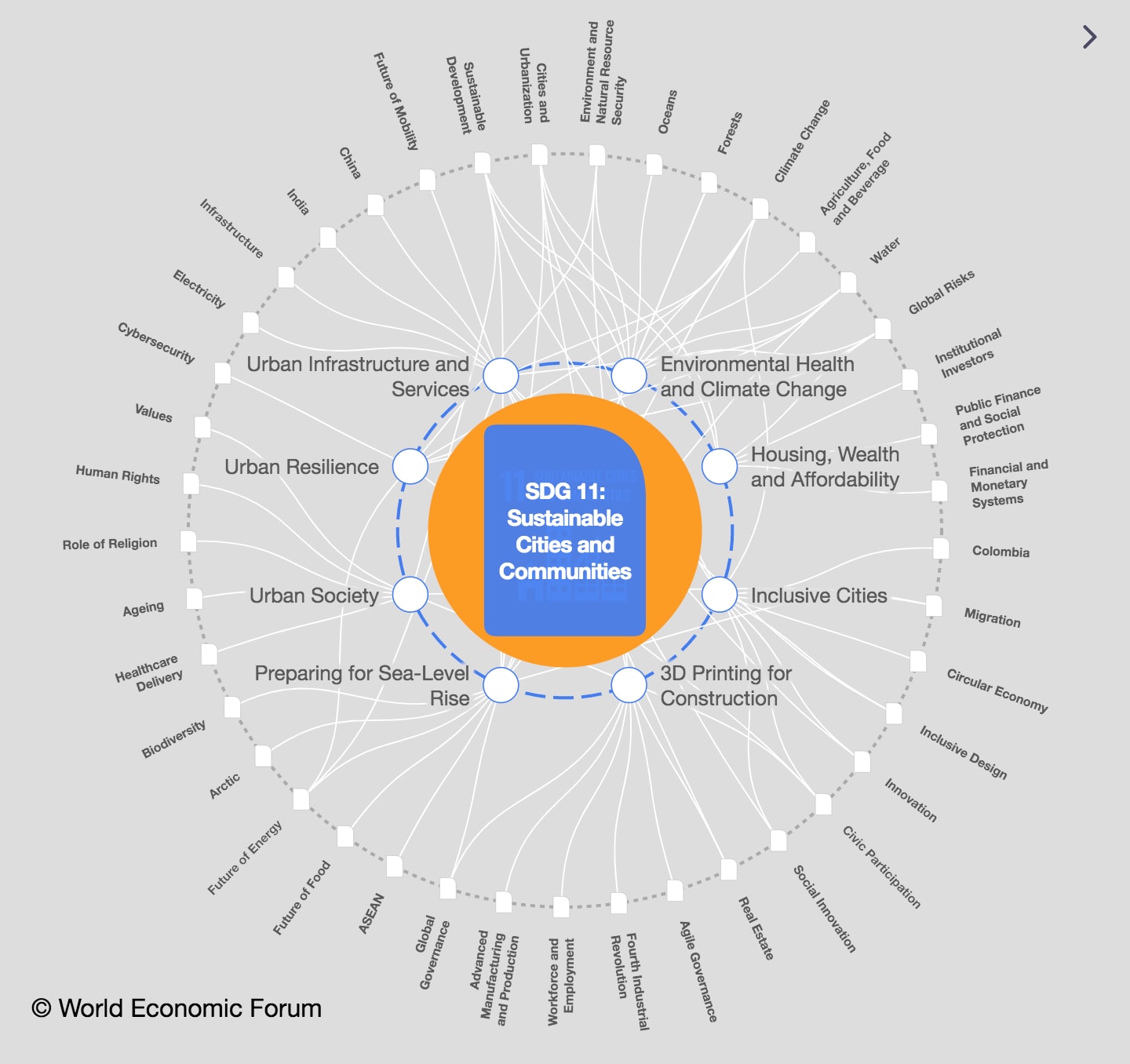Sweden is building the largest wooden city in the world

The Stockholm Wood City will be built in the Stockholm neighborhood of Sickla. Image: Pexels/Nadine Wuchenauer
- Stockholm Wood City is a proposed development in Stockholm, Sweden, that will be the world's largest mass-timber project.
- It will have 7,000 office spaces, 2,000 homes and cover 250,000 square meters.
- The district will feature nature-informed elements and be designed to have the feel of a forest.
Scandinavian studios Henning Larsen and White Arkitekter are designing Stockholm Wood City, which will become the world's largest mass-timber development and have the "serenity of a forest".
Set to be built in the Stockholm neighbourhood of Sickla, the project was dubbed the "world's largest wooden city" by developer Atrium Ljungberg as it will use more timber than any other project in development.
Stockholm Wood City, which will have 7,000 office spaces and 2,000 homes and cover 250,000 square metres, is being designed by Danish studio Henning Larsen and Swedish firm White Arkitekter.

According to the developer, the district will feature nature-informed elements and was designed to have the feel of a forest.
"We sought to create an urban environment infused with the serenity of a forest, resulting in a dense, open space that bears the distinctively minimalistic and functional aesthetic of Scandinavian design," Atrium Ljungberg told Dezeen.
"The architects innovatively incorporated natural elements into the structures – for instance, green roofs for better insulation and large windows to let in natural light, embodying our vision of a city that thrives in harmony with nature," it added.

The buildings will be constructed from fire-proofed mass timber.
"Engineered wood forms a protective char layer on the surface that retains much of its structural strength, contributing to a safer structure," the developer said.
As well as being made from wood, a material that both sequesters carbon and emits fewer emissions than concrete, there are other benefits in building cities from wood, it added.
What’s the World Economic Forum doing about climate change?
"Wooden construction means significantly reduced climate impact both during the construction phase and through the whole life cycle," Atrium Ljungberg said.
"Research has also proven other strong benefits, such as improved well-being for people and a faster, quieter construction process."

Stockholm Wood City will also have self-produced, stored and shared energy, according to the developer, which didn't reveal the details of the project's energy production.
The development will break ground in 2025, with the first buildings set to be completed in 2027.

"We are building the project in phases to learn new things during each phase which we can then apply in the following phases," the developer said.
"We will learn much more from doing this at such a big scale. Our core strategy is to develop large interconnected areas," it added.
"In this way, we can create places full of variety that people enjoy and where they want to be, as opposed to just setting up a single building."
As well as homes and workplaces, Stockholm Wood City will also have restaurants and shops.
The project is the latest in a row of large wooden projects that are currently under construction, including a Toronto waterfront project that will feature designs by Adjaye Architects, Alison Brooks Architects and Henning Larsen.
White Arkitekter also designed Sara Kulturhus, a 20-storey mass-timber cultural building in northern Sweden that we took a closer look at as part of our Timber Revolution series.
Don't miss any update on this topic
Create a free account and access your personalized content collection with our latest publications and analyses.
License and Republishing
World Economic Forum articles may be republished in accordance with the Creative Commons Attribution-NonCommercial-NoDerivatives 4.0 International Public License, and in accordance with our Terms of Use.
The views expressed in this article are those of the author alone and not the World Economic Forum.
Stay up to date:
SDG 11: Sustainable Cities and Communities
Forum Stories newsletter
Bringing you weekly curated insights and analysis on the global issues that matter.







